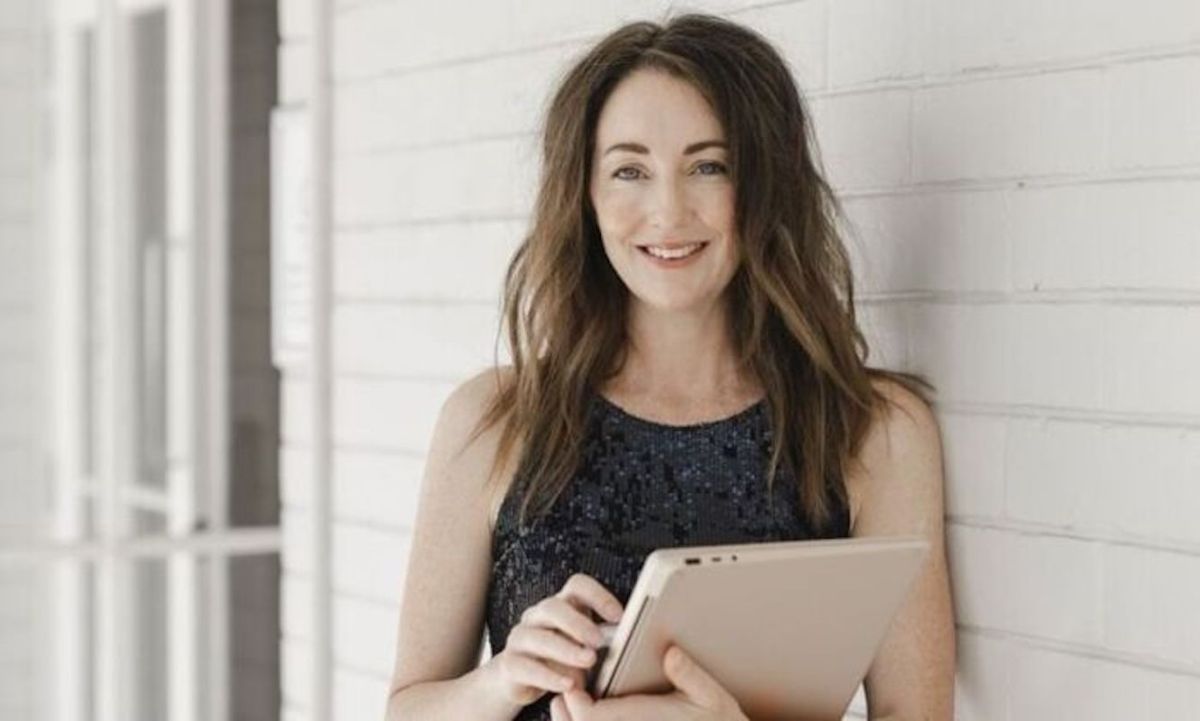Having an impact means driving change, but that doesn’t mean that all impact investment strategies are driving positive change. We speak often about the semantics of impact and ESG, and as the sector expands, so too must the nuance of these terms be explored and refined.
Mary Delahunty knows this well. She is founder and managing director at Seven Advisory, she works with a range of clients from large institutional investment managers, through to startups seeking investment. She knows impact, but she also knows where ESG fits when assessing risk.
In this piece, she explains her perceptions on how ESG and impact investing fit together, but also, she offers insight into the understanding (and misunderstanding) that she encounters in working with her clients.
Mary led a number of powerful conversations at the Impact Summit last year, and in 2023 she returns, to lead a conversation on biodiversity and natural capital.
ESG is Risk – Impact is Change
A simplistic view is that ESG and impact investing operate along a spectrum of responsible investment approaches, but Mary pushes back on that idea. In her view, it’s less a spectrum, and more about a stage of maturity, and questions of ownership and influence, that defines the latitude an investor has to seek change through their capital allocation.
“Impact is a way of describing change” Mary says.
“And that can be achieved independently from impact investing. At its core, impact investing is a style of investing that seeks both a financial and a social return, and while some impact investors define a theory of change and they have a clear target, not all do.”
From Mary’s perspective there are three approaches: impact, impact investing and ESG.
“ESG investors are focussed on risk across the three dimensions of E, S and G. They can take these factors into consideration for their portfolio, without any target towards broader change.” Mary says.
“The less we think of this as a moving feast, along a linear spectrum, and the more we think of it as a way of making decisions, the more holistic the approach becomes.”
Genuine change is hard, and the first step may be to engage with impact investing, and models of impact measurement and management. But going further, to define the change we want to see in the world, is a powerful next step.
“I commonly see a really genuine, heartfelt desire to do good with the movement of capital. But I think we’re ready to see more of a contemporary understanding of how that movement of capital actually benefits the change.” Mary says.
To go further, the approach to impact needs to consider the portfolio as a whole.
“There may be a portfolio that has traditional, passive elements, alongside a less traditional impact investment allocation. But the problem is that the positive impact might be being undone by the other elements of the portfolio.” Mary says.
The Pioneering Role of Family Offices
Mary’s practice serves clients across the spectrum from institutional investors to startups seeking funding, but central to her work and to the integration of genuine change, are the family office clients.
They have central control of capital allocation, and it tends to be driven by an overriding strategy that governs the impact thematics on which they want to focus. This makes the structure particularly well suited to impact, and why they’ve tended to be pioneers of impact investing.
“The family office, or private wealth, structure is where I see quite a lot of potential to get back to that broad view of impact, especially in taking that whole-of-portfolio view about what change it is you actually want to be responsible for in the world. They can be crystal clear about what advancement they’re seeking from the allocation of money.”
“Once you step back from a project by project frame, you can start to think more holistically, to ask: what is the problem we’re trying to solve? What are the steps we need to take to get there? You can apply it to every decision and allocation you make, and every time you speak. What are the system changes that are needed? Where is your advocacy? Where’s your voting? That’s the real work, I think it can be genuinely change making.”
While fund managers do have a role to play, they must be guided by the client’s for whom they manage money, which limits their capacity to target specific thematics or avenues for ‘change’. This brings us back to institutional asset allocators. Like family offices, they can decide on their asset allocations, albeit limited by mandates and the rules of their trust. But their sheer size, combined with highly sophisticated analyst and allocation teams, means when they move, big things can happen.
“Big moves can be made when asset owners take a broad impact approach. A large asset owner is influential enough to vote their proxies, to speak about the change that’s required and then to allocate capital behind it, in a really strategic way. And that represents a big shift in finance, towards the good outcomes that I think the world really needs right now. It’s leadership.” Mary says.
The Impact Investment Summit 2023 will be held on 30-31 March at the Sydney International Convention Centre, all the details are here.

